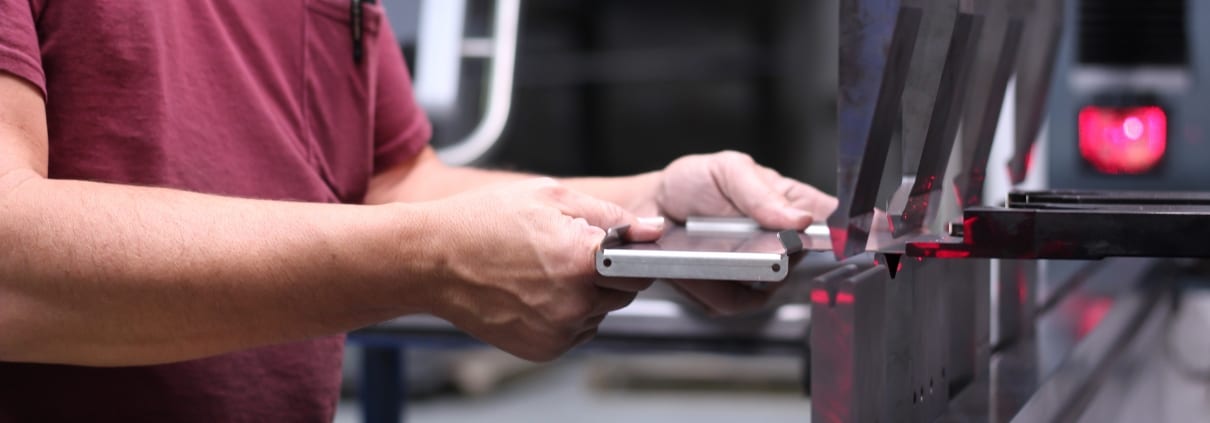As a supplier, STAUB Manufacturing Solutions has seen its share of product designs that don’t always yield the most economical results. However, this can be avoided. Often times when a new product is being sourced, the fabrication supplier is typically only brought into the process after the engineering and designs are already finalized. What may have seemed like a trivial choice in the development stage, may unintentionally add significant cost and time to the fabrication process. In this installment of our Smart Fabrication Sourcing series, we’ll show why it’s a better practice to collaborate with your supplier during the product development phase.
While there are certainly more, here are five areas that can see benefits from collaboration.
- Use off-the-shelf tooling. Tooling is far more important than people realize. Often Engineers / designers will specify a bend radius or geometry that can only be made using custom tooling. Sometimes a slight change in the design can result in utilizing off the shelf tooling instead of having tooling custom made. Using custom tooling often results in extra costs and production delays.
- Avoid specialized fabrication materials. Steering clear of specialized or rarely used materials is another way to keep costs down. We’re not suggesting that you sacrifice production quality by choosing a lower-quality alternative. Rather, we’re recommending that you select an option that has similar properties and is more readily available. (e.g., choosing 304 stainless steel over 409 stainless steel). Of course, there are always exceptions to this rule, but using an uncommon material will certainly drive the price higher and often results in waiting months just for material to show up.
- Stay open to lower-cost assembly options. Designers often assume that there’s only one assembly method that will suffice for their product. Often times a qualified supplier will have other ideas that can help take cost out of the product. For example, rather than selecting a welded assembly, sometimes mechanical fastening such as riveting could achieve the same end goal at a much lower cost, especially on light-gauge materials.
- Don’t be finicky about fasteners. Fasteners, inserts and hardware are among the small design details that can have huge impacts on costs and production timelines. We currently manufacture a product using custom made fasteners. Besides being expensive, it takes anywhere from 3 to 6 months just for the fasteners to arrive. Most suppliers point their customers to the PEM catalog to select from readily available fastener inventories — avoiding potential complications, costs and delays.
- Finishing strong, lowering costs. Finishing may be one of the last steps in the process, but it should be an early design consideration for managing costs. Common finishing methods — such as powder coating, e-coating and zinc plating — are typically among the best options. Less common finishes like chromate plating, nickel and custom blend powder coats are typically more expensive. Unless a premium finish is required, consider a more common options to keep project costs to a minimum.
We recently did a project for an electronic systems manufacturer where they included us in the design process. We were able to eliminate a lot of cost by reducing the amount of weld (which is very labor intensive) as well as reducing the complexity of the components which made things much easier to manufacture and cheaper to produce.
When launching a new product, make an effort to collaborate with the fabrication supplier that you trust. Involve them in the process and, when you’re ready for production, you’ll find that your costs are lower, manufacturing goes smoother, and there are fewer quality issues.
In our next Smart Fabrication Sourcing post we’ll look at the differences between Fabrication and Stamping and what the best production volumes are for each service.




